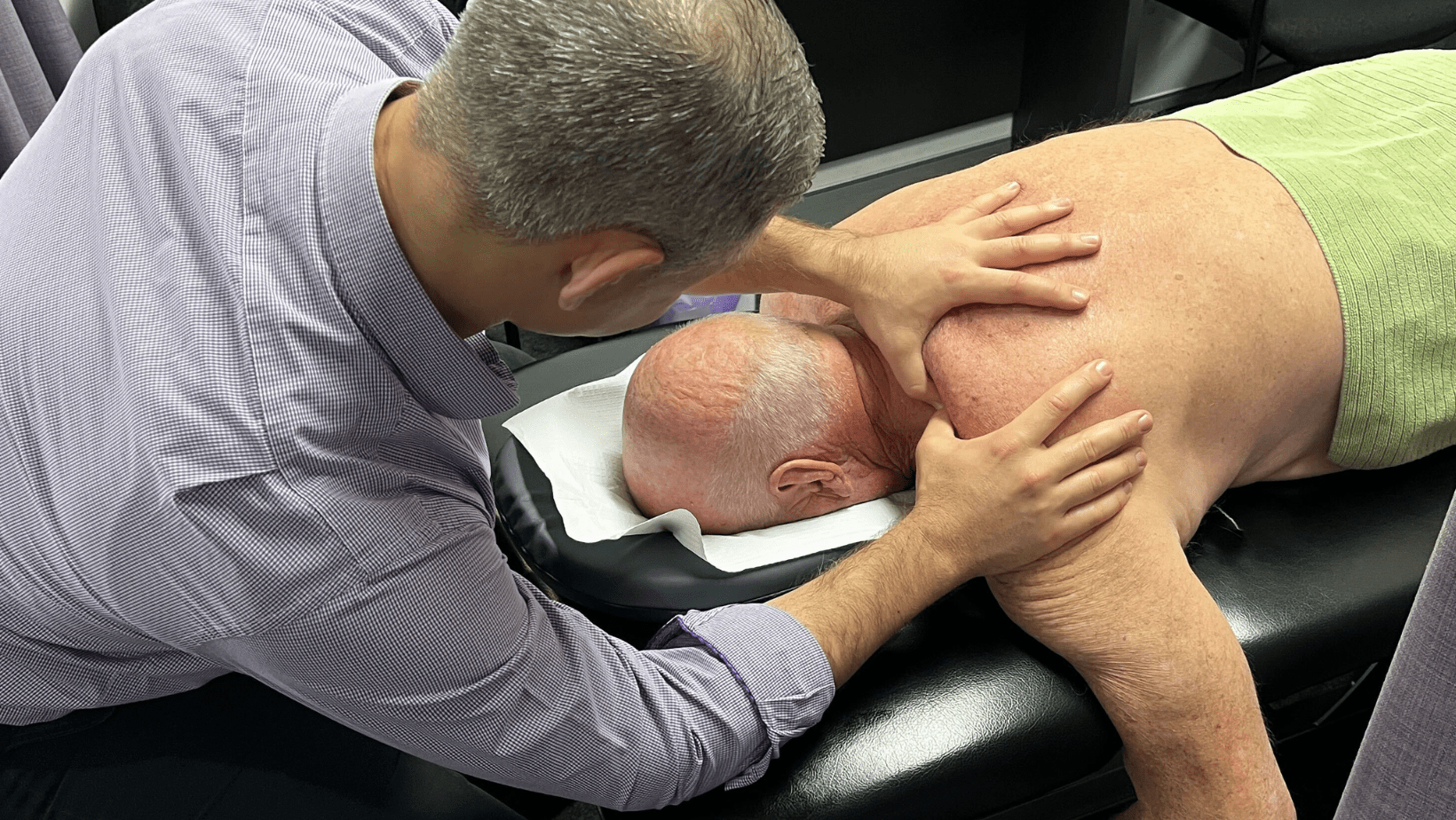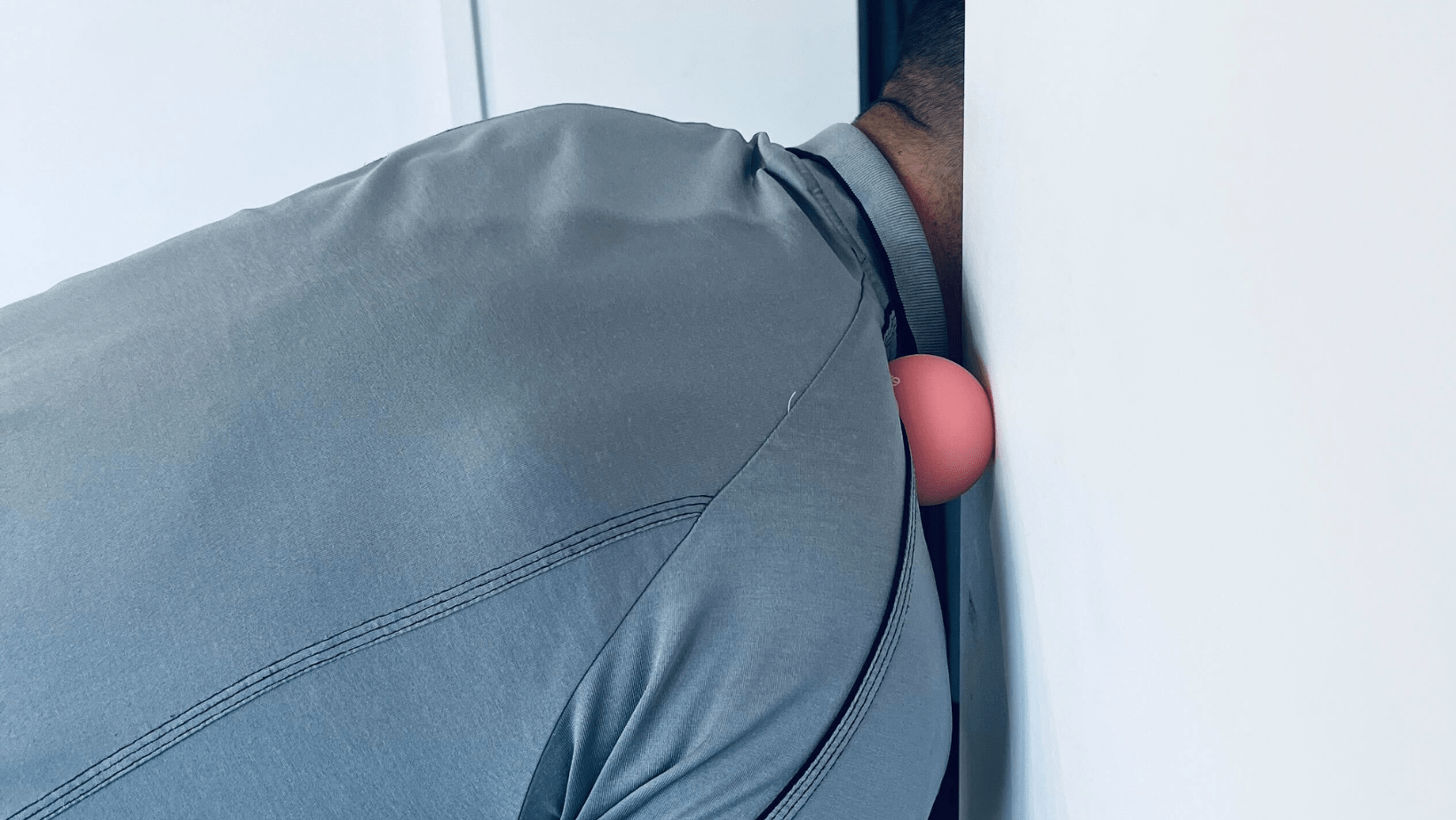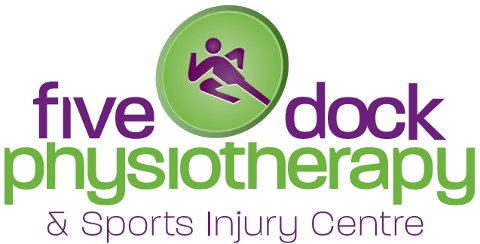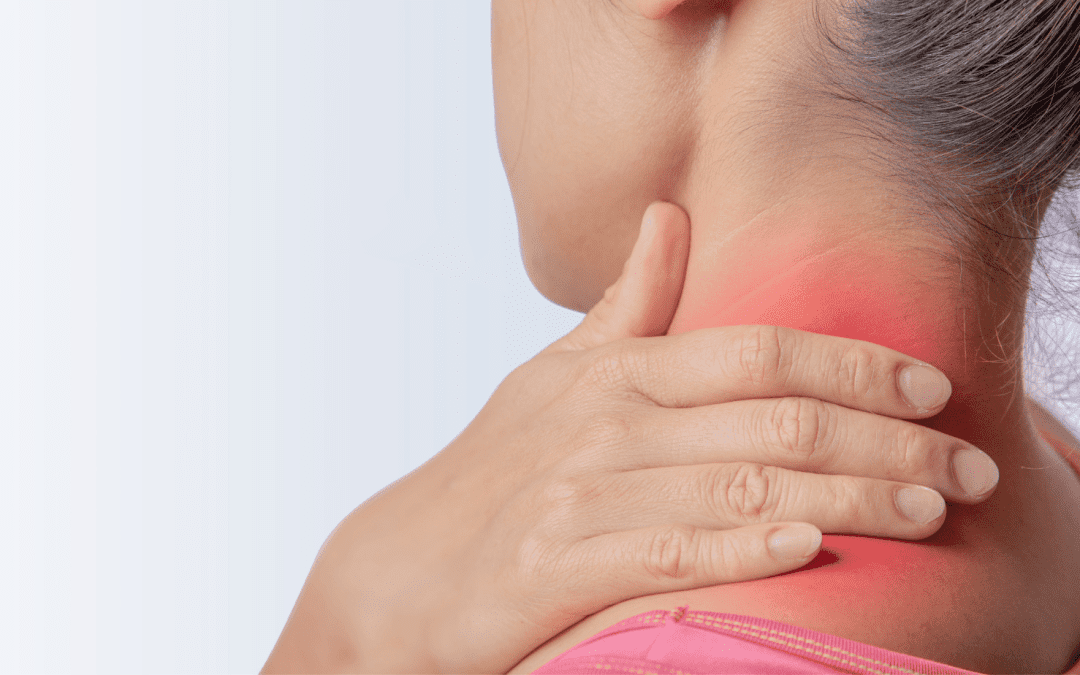Neck pain is often as a result of facet joint irritation, muscular dysfunction, joint hypomobility or muscular overactivity but may also be caused by cervical joint degeneration, disc pathology or nerve impingement. Commonly, patients present with varied symptoms that may include stiffness, headaches, localised sharp pain, dull muscular aches or the inability to fully move their neck. There are strong links to altered posture increasing stress and strain on the neck (Mahmoud et al., 2019).
The estimated occurrence of neck pain in adults annually ranges between 10.4% to 21.3% (Blanpied et al., 2017), with a higher occurrence in office workers, those with sedentary lifestyles and interestingly, women are twice as likely to experience neck pain compared to men.
Causes
Although some neck pain is due to an acute injury like a car accident or a sports injury, there can be many causes of neck pain that can be result of lifestyle, habits or genetic disposition. Some common causes include:
- Postural Issues: Prolonged poor posture such as forward head posture and slouched protracted shoulders, increases strain on the neck joints and muscles.
- Ergonomic Factors: Poor workstation setups, improper chair and desk height, and excessive screen time contribute to neck discomfort.
- Acute Injuries: Sudden trauma like whiplash from a car accident or sports injuries can stretch or damage neck muscles, ligaments, and joints.
- Degenerative Changes: Age-related wear and tear, such as osteoarthritis or cervical disc degeneration, can lead to stiffness, nerve impingement, and pain.
- Stress and Tension: Emotional stress often manifests as tightness in the neck and shoulders, aggravating existing issues.
- Infection or disease: Varying viral and bacterial infections or autoimmune conditions like Rheumatoid Arthritis can cause inflammation and neck pain

Risk factors
Certain factors increase the likelihood of developing neck pain, including:
- Sedentary Lifestyle: Lack of movement weakens supporting muscles.
- Prolonged Forward Head Posture (Mahmoud et al., 2019): Common in individuals who use computers, tablets, laptops or smart phones frequently or those involved in gaming.
- Office Work: Sustained desk work with poor ergonomics is a significant contributor.
- Previous Neck Injury: Whiplash or contact sports injuries can predispose individuals to chronic neck pain.
- Gender and Age: Females over the age of 30 are at a significantly higher risk.
Signs and Symptoms
Patients often present with:
- Pain or Stiffness: Localised to the neck or radiating to the shoulders and upper back.
- Reduced Range of Motion: Difficulty turning the head or looking up/down.
- Headaches: 60 to 80 percent of those experiencing headaches also report neck pain (Truong, 2021). These are often classed as cervicogenic headaches
- Tingling or Numbness: Radiating to the arms due to nerve involvement.
- Muscular Tightness &/or Weakness: Typically found in the muscles around the neck and scapular region.
Physio Assessment and Treatment
Physiotherapy examination of a patient presenting with neck pain or cervicogenic headache includes a thorough assessment of spinal alignment, posture and joint positioning. We assess:
- Cervical spine, thoracic and shoulder range of motion
- Palpate for tenderness and hypomobility over the cervical segments and occipital region
- Palpate and assess for muscle overactivity, tightness and active trigger points
- Identify postural changes that may be linked to symptoms
- Assess for impaired muscle function in the neck, scapula and shoulder region.
Research by Neeraj et al (2019) found that having altered scapular alignment created a mechanical dysfunction in the cervical spine, which was common in people suffering from neck pain. Analysing the impacts of further kinetic chain dysfunction is also integral also to ensuring holistic treatment.

Physio Management of Neck Pain
Following a comprehensive examination and a screening of spinal posture, scapula control and the kinetic chain in general, a diagnosis can be made. Depending on the condition, the goals of the patient and the causation of symptoms, a combination of different techniques and advice can be used to help to achieve positive outcomes and a treatment plan is developed. Neck pain guidelines on treatment recommend a combination of manual therapy, exercise and education as the preferred evidence-based physiotherapy treatments (Verhagen, 2020).
- Manual Therapy: Techniques such as joint mobilisations and soft tissue releases help to reduce stiffness, improve joint mechanics and alleviate muscle tightness. Research by Faroq et al. (2017) showed that cervical joint mobilisations significantly improve pain, range of motion and neck muscle endurance.
- Strengthening and muscle activation exercises Therapy: Exercises will help to activate, strengthen and build endurance in the correct muscles while reinforcing good postural habits and improving biomechanics, stability and strength. Strengthening exercises targeting the deep neck stabilisers, scapular and shoulder muscles as well as the kinetic chain can improve posture and reduce compensatory movements. A stretching program can help reduce muscle tightness and maintain muscle length. Jull et al. (2018) and Sharma et al. (2024) both emphasise the importance of combining exercise with manual therapy for an optimal outcome. In addition, Clinical Pilates has been found to be effective adjunct to convention treatment helping reduce pain and fear of movement and improve movement, strength/endurance as well as postural awareness (Hakligil et al., 2024)
- Postural Education:Education on correct sitting, standing, and sleeping postures minimises strain on the cervical spine and can help prevent further incidence of neck pain. Ergonomic advice helps patients modify their workstations to reduce repetitive stress.
- Load Management and Activity modification: Modifying activities that exacerbate symptoms such as looking up for long periods in the garden or when painting and altering periods of prolonged sitting or excessive device use, can reduce stress and strain allow your muscles and joints to tolerate activity better.
- Modalities for Pain Relief: Heat therapy is often used to relax overactive muscles, improve circulation and reduce symptoms. Dry needling and taping may also be used as adjuncts to relieve pain and support movement.
Neck pain is a common condition that can significantly impact quality of life. However, with a combination of manual therapy, targeted exercise specific to the patient and education, physiotherapy offers a highly effective pathway to recovery and prevention.

Exercise
Levator scapulae Stretch
Aim: To improve length, tone and reduce overactivity in the Levator Scapulae
How: Gently grasp the crown of the head, reaching behind back with other hand. Turn the head away pulling your chin towards your opposite shoulder until a stretch is felt.

Chin retraction on hands and knees
Aim: Improve activation, endurance, and contraction of the deep cervical flexors.
How: Start with a neutral posture in 4-point kneeling on your hands and knees. Simply draw or “tuck” your chin towards the ceiling, retracting your head making a slight double chin. Hold 5 seconds for 10 reps. It should feel very subtle.

High Kneeling Horizontal Extension on the reformer
Aim: Improve core, posture and shoulder strength training your rhomboids, posterior deltoid and trapezius while maintain a neutral head/neck position.
How: In high kneeling on the reformer engage your core muscles and keep your chin slightly retracted. Hold the straps at shoulder height in front of you. Then pulling the straps outwards sideways keeping your arms at shoulder height, training your upper back muscles and improving your posture. Adjust springs to change level of difficulty.

If you or someone you care for has an injury, a flare up, requires some rehabilitation or experiences an increase in pain, give the clinic a call on 9713 2455 or book online.

